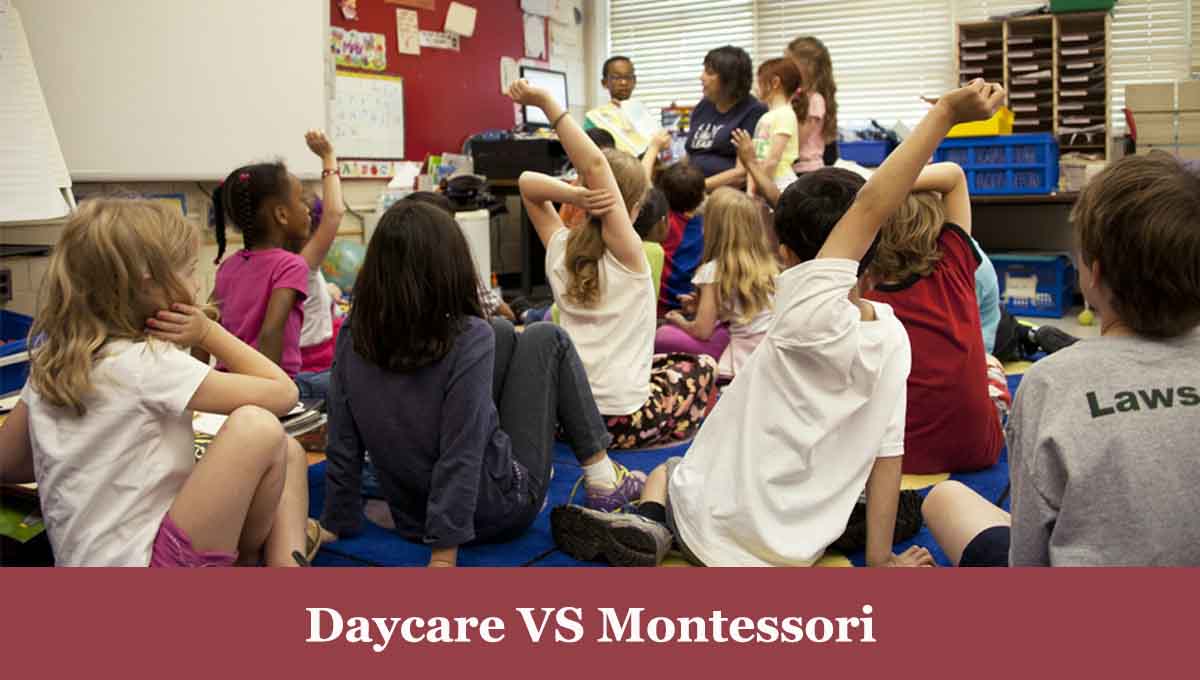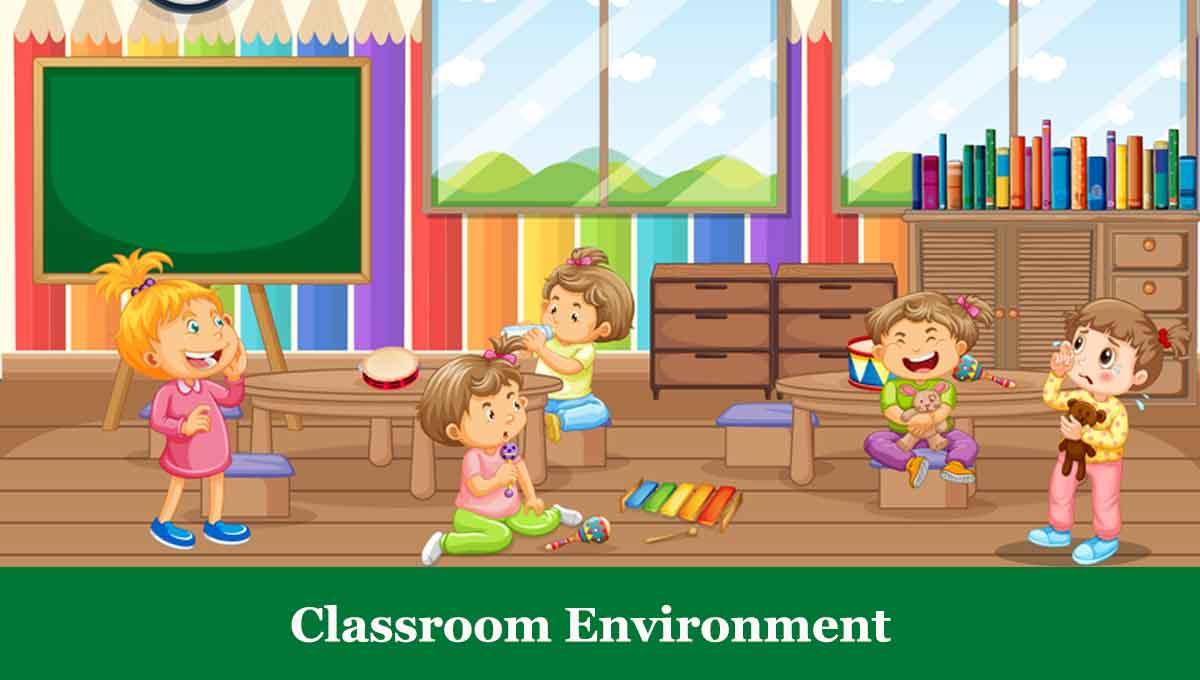Early childhood education lays the foundation for a child’s future success and development. Parents often face the decision between traditional daycare programs and alternative educational approaches like Montessori. Understanding the differences between these options is crucial for making an informed decision that aligns with a child’s needs and goals.
What is Daycare?
Daycare facilities provide basic care and supervision for young children while parents are at work or otherwise occupied. These centers typically offer a structured environment where children engage in activities such as playtime, snack breaks, and naptime under the supervision of trained staff. Daycare centers focus primarily on meeting children’s physical needs and ensuring their safety and well-being.
What is Montessori?
Montessori education, on the other hand, is an alternative approach to early childhood education developed by Dr. Maria Montessori. It emphasizes independence, self-directed learning, and hands-on exploration. Montessori classrooms are designed to foster a child’s natural curiosity and desire to learn, with teachers serving as guides rather than lecturers. Children are encouraged to explore Montessori Materials at their own pace and pursue topics of interest in a supportive environment.
Curriculum Comparison
In daycare settings, the curriculum often follows a structured schedule with activities such as circle time, art projects, and outdoor play. While some daycare centers may incorporate educational elements, the primary focus is on providing care and supervision.
In contrast, Montessori classrooms offer a more flexible and child-centered approach to learning. The curriculum is based on the individual needs and interests of each child, allowing for personalized instruction and exploration. Montessori materials are carefully selected to promote hands-on learning and critical thinking skills across multiple subject areas.
Classroom Environment
Daycare centers typically feature a more structured and group-oriented environment, with designated areas for play, meals, and rest. Teachers oversee activities and intervene as needed to maintain order and ensure the safety of all children.
Montessori classrooms, on the other hand, are designed to resemble a home environment rather than a traditional school setting. Children have the freedom to move about the classroom and choose activities that interest them. The emphasis is on creating a peaceful and inviting space where children can explore and learn independently.
Teacher-Student Interaction
In daycare settings, teachers play a supervisory role, ensuring children’s safety and facilitating group activities. While they may provide some educational guidance, their primary focus is on maintaining order and meeting children’s basic needs.
In Montessori classrooms, teachers act as facilitators of learning, observing children’s interests and guiding them toward appropriate activities. They foster independence and self-discipline while providing individualized support and encouragement. The teacher-child relationship is characterized by mutual respect and collaboration, fostering a positive and nurturing learning environment.
Cost Comparison
The cost of daycare varies depending on factors such as location, hours of operation, and the age of the child. Some daycare centers offer subsidized rates for low-income families, while others may charge higher fees for specialized services or additional amenities.
Montessori programs tend to be more expensive than traditional daycare due to factors such as smaller class sizes, specialized materials, and trained Montessori teachers. However, many parents view the investment in Montessori education as worthwhile, given its focus on holistic development and lifelong learning skills.
Benefits and Drawbacks
Daycare provides a valuable service for working parents, offering a safe and structured environment for children while they are away. It allows parents to pursue their careers or other responsibilities with peace of mind, knowing that their children are well cared for.
However, daycare may lack the educational focus and individualized attention provided by Montessori programs. Children may miss out on opportunities for self-directed learning and exploration, potentially impacting their long-term academic success and personal development.
Montessori education offers numerous benefits for children, including the opportunity to develop independence, critical thinking skills, and a love of learning. However, it may not be the right fit for every child or family. Some children may thrive in a more structured environment with clear rules and routines, while others may benefit from the freedom and flexibility of Montessori.
Choosing the Right Option
When deciding between daycare and Montessori, parents should consider factors such as their child’s personality, learning style, and developmental needs. It’s essential to visit multiple facilities, ask questions, and observe the classroom environment to determine which option aligns best with their family values and educational goals.
Ultimately, the most important factor is finding an educational setting where a child feels safe, happy, and supported. Whether daycare or Montessori, the right choice is one that nurtures a child’s growth and development in a loving and stimulating environment.
Conclusion
Choosing between daycare and Montessori is a significant decision that can have a lasting impact on a child’s development and future success. By understanding the differences between these options and considering factors such as curriculum, classroom environment, and cost, parents can make an informed choice that meets their child’s unique needs and sets them on a path to lifelong learning.



